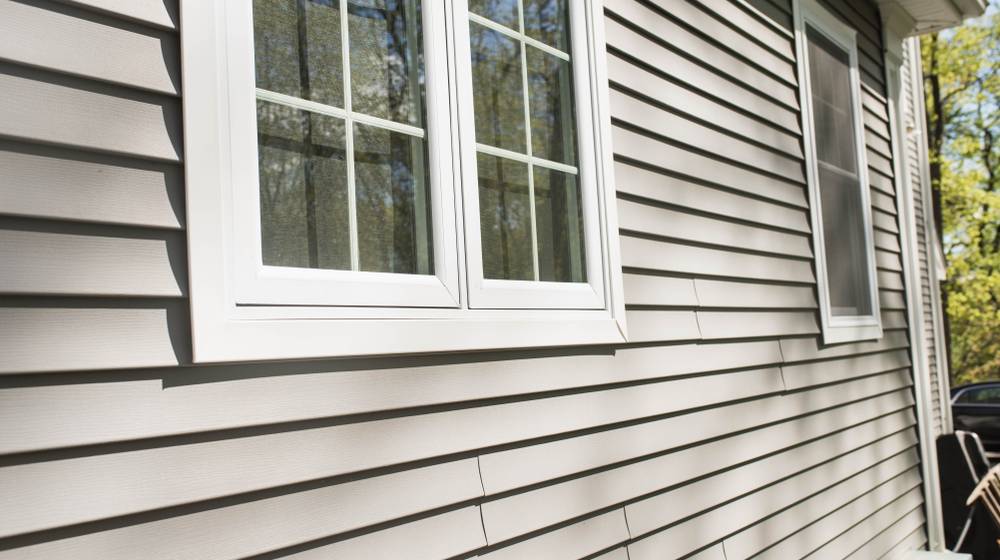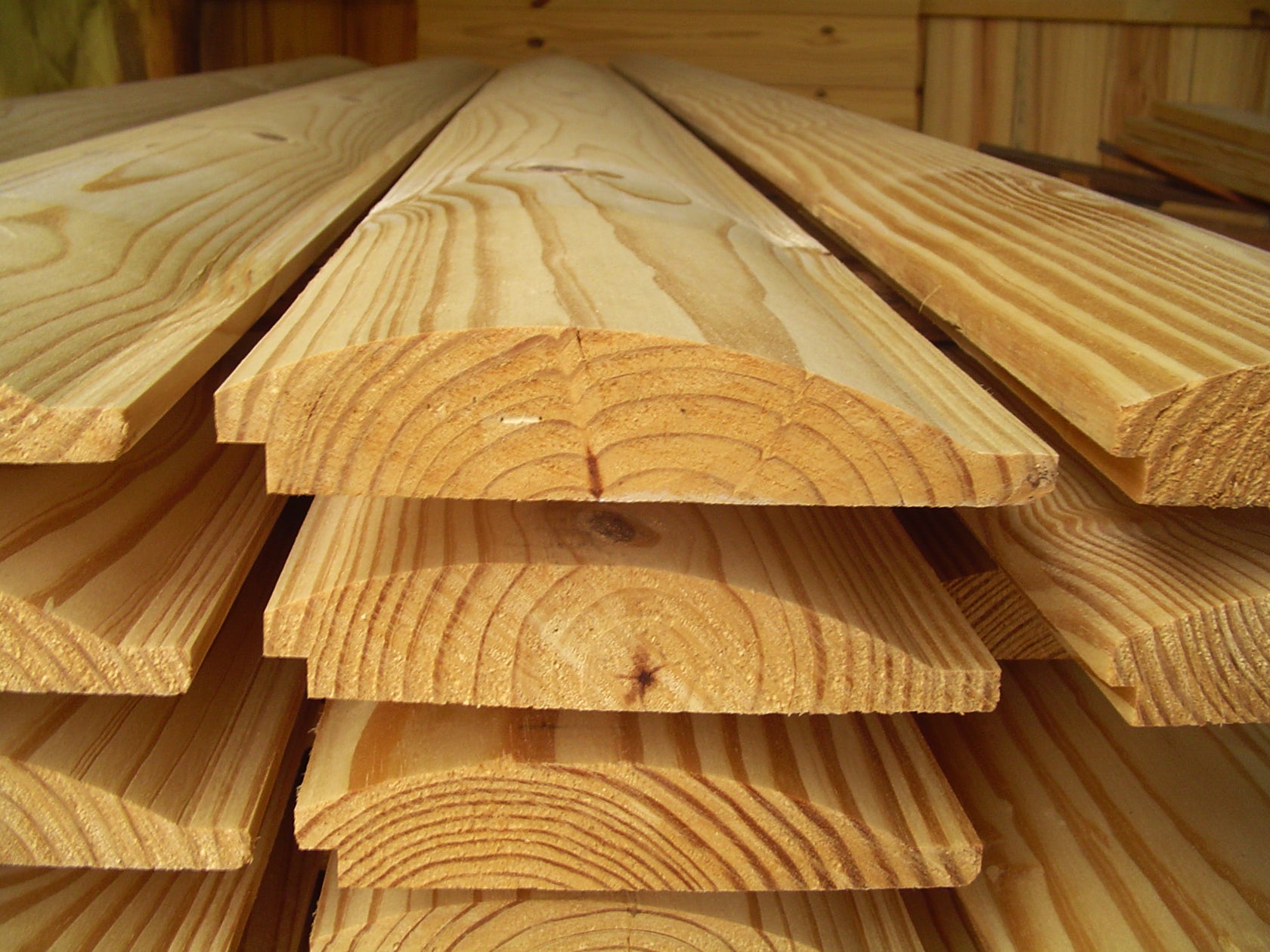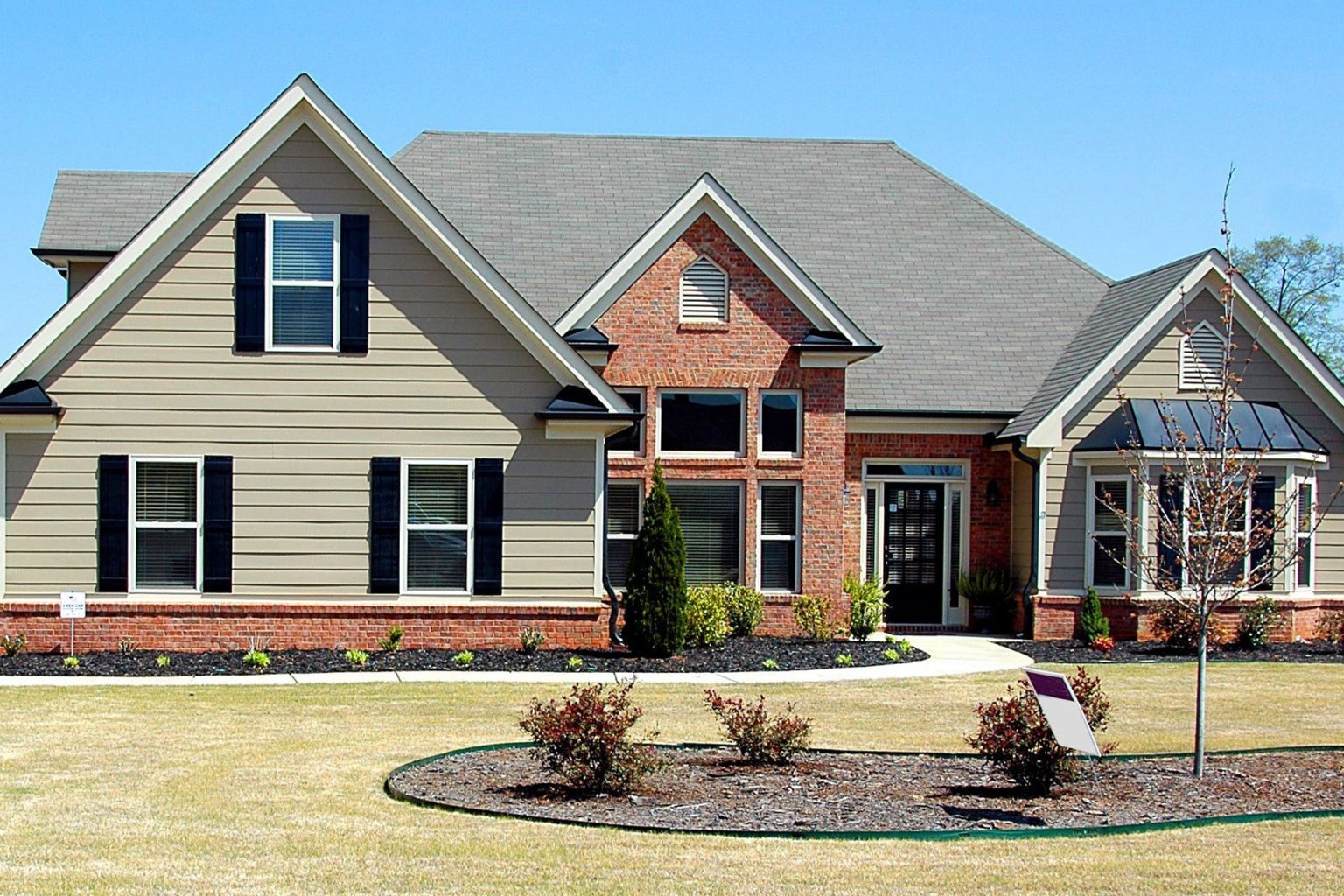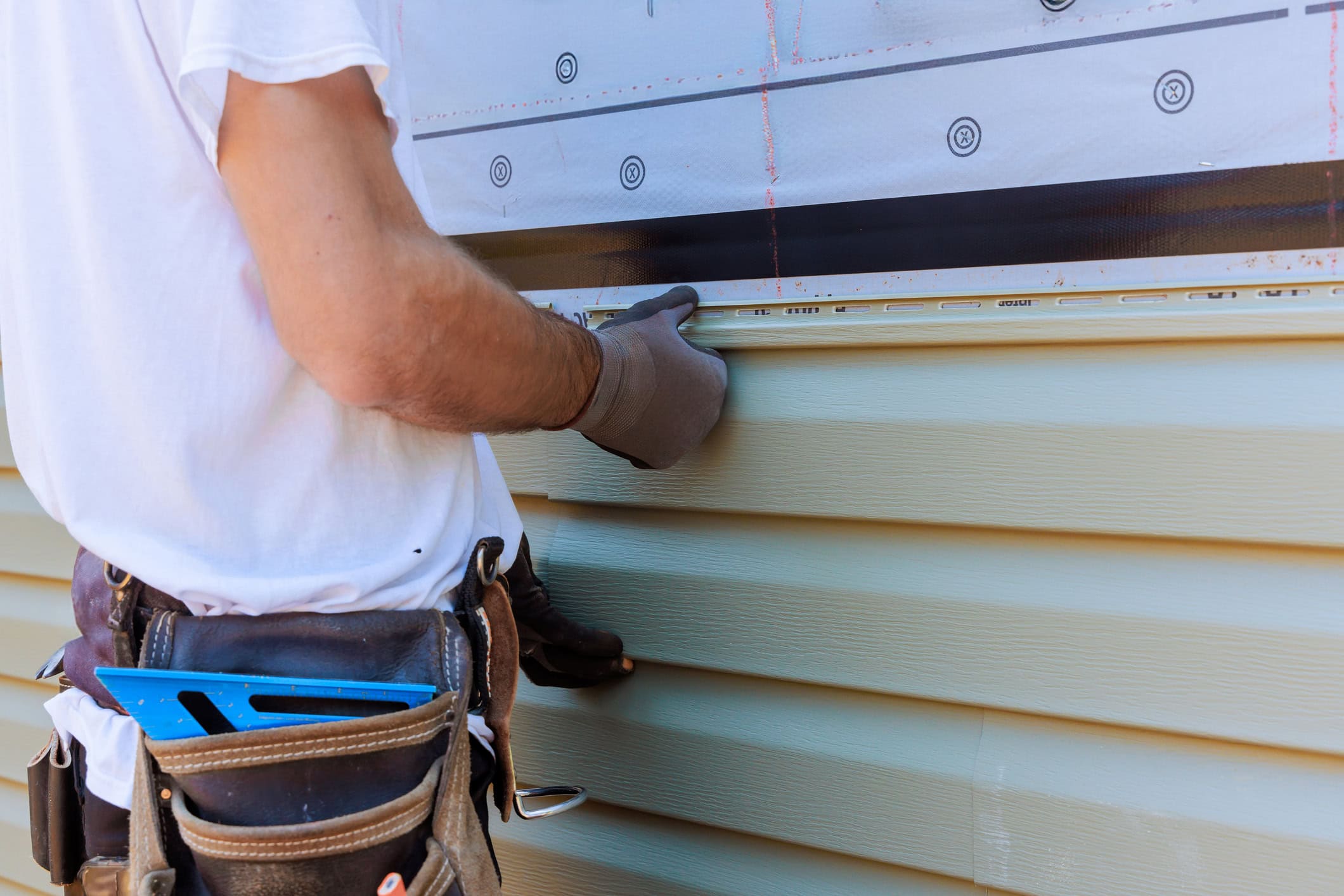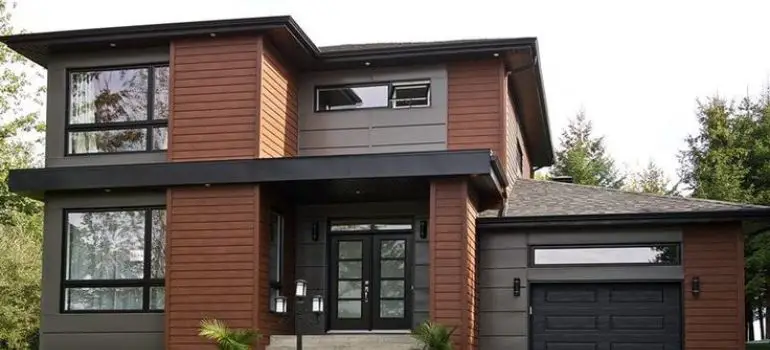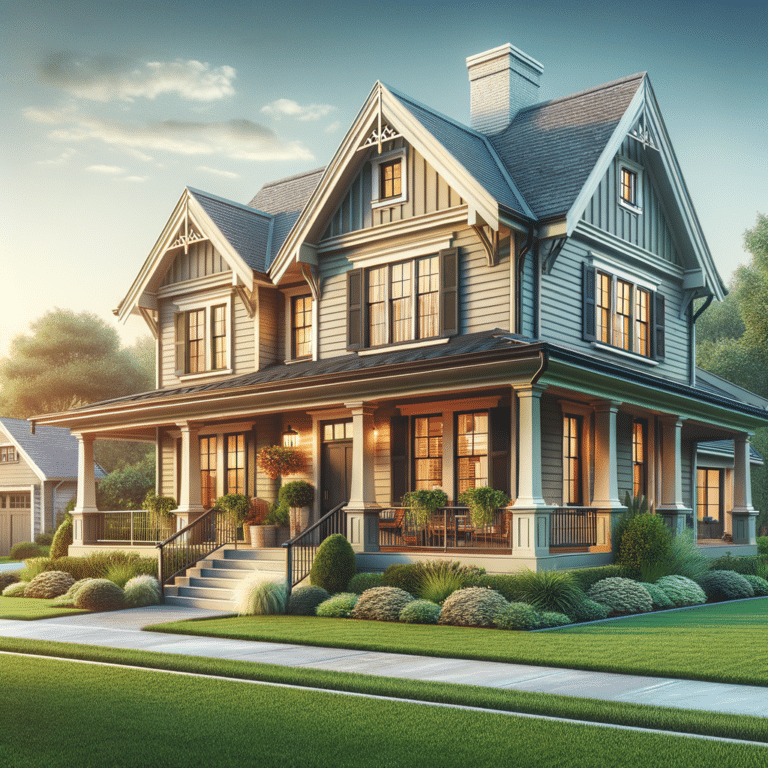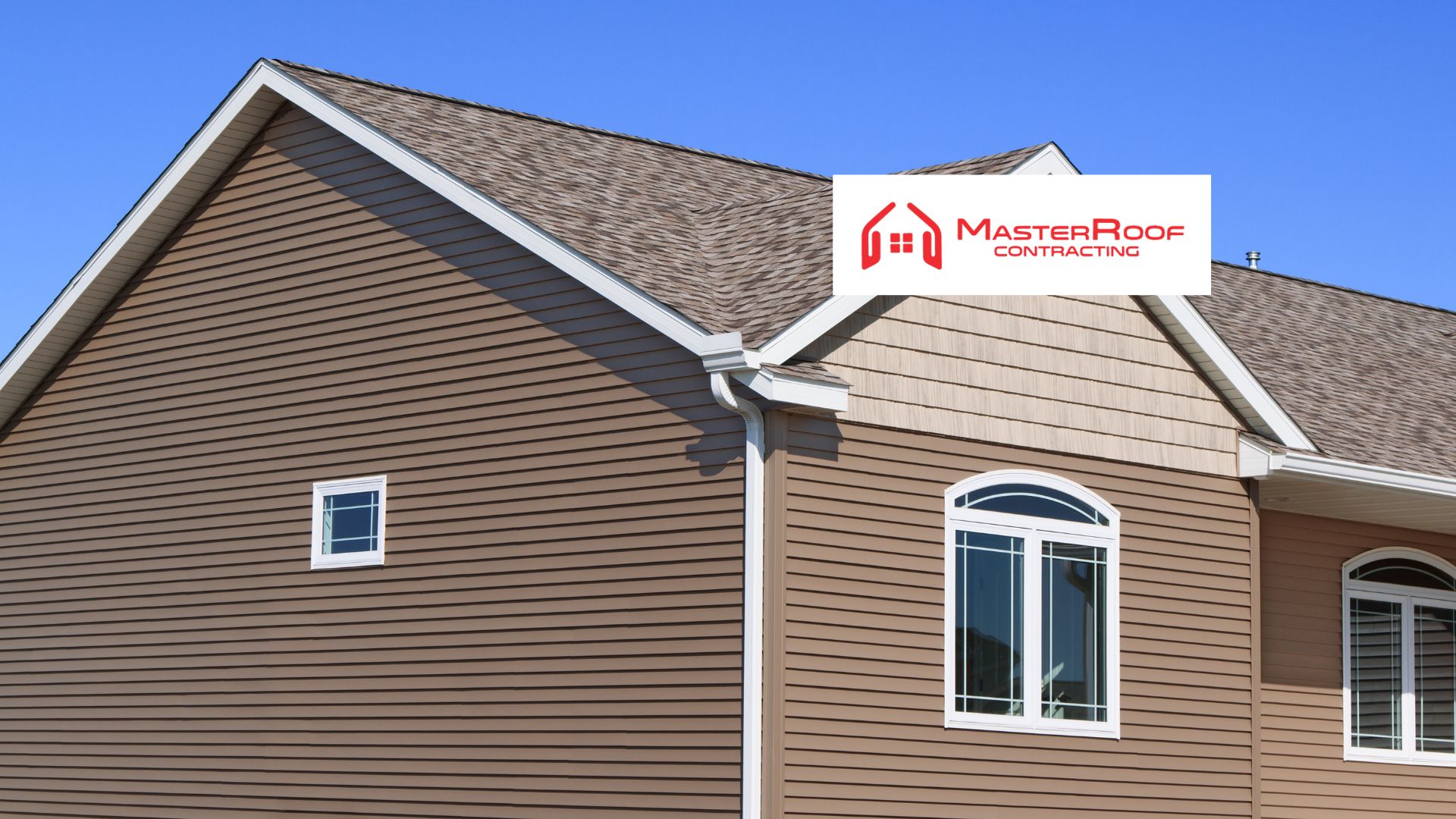Vinyl Siding: A Comprehensive Guide
Vinyl siding, a popular exterior cladding choice, offers a blend of aesthetics, durability, and affordability. This guide delves into the multifaceted world of vinyl siding, exploring its diverse materials, installation techniques, maintenance requirements, stylistic options, and long-term value. From understanding the manufacturing process and environmental impact to mastering installation and addressing common challenges, we provide a comprehensive overview for homeowners and professionals alike. We’ll also examine the role of vinyl siding in home insurance and explore cost-saving strategies.
This exploration covers everything from selecting the right type of vinyl siding to match your home’s architectural style to understanding the financial implications and ensuring proper maintenance for longevity. We aim to equip you with the knowledge needed to make informed decisions throughout the entire process, from initial planning to long-term upkeep.
Cost and Value of Vinyl Siding
Vinyl siding presents a compelling option for homeowners seeking a balance between affordability, durability, and aesthetic appeal. Its cost-effectiveness compared to other materials, coupled with its long lifespan and relatively low maintenance requirements, makes it a popular choice for exterior cladding. Understanding the cost factors and long-term value proposition is crucial for making an informed decision.
Vinyl Siding Cost Compared to Other Materials
Vinyl siding generally offers a lower initial cost compared to other exterior cladding materials such as wood, brick, or fiber cement. While precise pricing varies depending on location, quality, and installation complexity, vinyl typically falls within a more accessible price range. For instance, wood siding often commands a significantly higher price due to material costs, specialized installation, and ongoing maintenance needs like painting and repairs. Brick, while durable, involves considerably higher labor and material costs. Fiber cement, though durable and low-maintenance, also tends to be more expensive than vinyl. The comparative affordability of vinyl siding makes it an attractive option for budget-conscious homeowners.
Long-Term Value and Return on Investment
The long-term value of vinyl siding is significant. Its resistance to rot, insect infestation, and moisture damage contributes to its extended lifespan, often exceeding 30 years with proper installation and maintenance. This longevity translates into substantial long-term savings, eliminating the need for frequent repairs or replacements characteristic of some other materials. Moreover, the relatively low maintenance requirements of vinyl siding—a simple occasional cleaning is usually sufficient—further enhance its cost-effectiveness over time. This reduced maintenance translates to additional savings compared to materials requiring regular painting, staining, or sealing. The combination of durability and low maintenance contributes to a positive return on investment, adding value to the property.
Factors Influencing Vinyl Siding Installation Cost
Several factors significantly influence the overall cost of vinyl siding installation. The size and complexity of the project are primary determinants. Larger homes with intricate architectural details, such as multiple gables or dormers, naturally require more time and labor, increasing the overall cost. The choice of vinyl siding itself also plays a role; higher-end vinyl siding with enhanced features, such as thicker panels or improved colorfastness, will generally cost more than basic options. The cost of labor also varies geographically and depending on the installer’s experience and reputation. Finally, the need for additional services, such as removal of existing siding or repairs to underlying sheathing, will add to the overall expense.
Cost-Saving Measures During Vinyl Siding Projects
Several strategies can help homeowners reduce the cost of their vinyl siding projects. Careful planning and accurate measurements can minimize material waste. Choosing a simpler siding profile and avoiding intricate designs can reduce labor costs. Opting for off-season installation, when demand is lower, may also result in reduced labor rates. Finally, homeowners may consider undertaking some preparatory tasks themselves, such as removing old siding or preparing the underlying surface, to reduce the overall labor costs involved in the project. Careful comparison shopping for materials and installers is crucial to ensure the most competitive pricing.
Vinyl Siding and Home Insurance
Choosing vinyl siding for your home can impact your homeowner’s insurance premiums, sometimes positively and sometimes negatively. The influence depends on several factors, primarily the quality of the siding itself and the professionalism of its installation. Understanding this relationship is crucial for both homeowners and insurance providers.
Vinyl siding, when properly installed and of high quality, can actually lower your insurance premiums. This is because it’s considered a relatively durable and fire-resistant material compared to some alternatives like wood siding, which is more susceptible to damage from weather, insects, and fire. Lower risk of damage translates to lower premiums for the homeowner.
Impact of Vinyl Siding on Home Insurance Premiums
High-quality vinyl siding, professionally installed, often leads to lower insurance premiums due to its inherent durability and resistance to damage. Conversely, low-quality siding or poorly executed installation can increase premiums, reflecting a higher risk of damage and the potential for costly repairs. Insurance companies assess risk based on a multitude of factors, and the siding material and its installation are key components of this risk assessment. For example, a home with older, damaged vinyl siding might be considered higher risk than one with newer, well-maintained siding, resulting in higher premiums for the former.
Quality and Installation’s Effect on Insurance Coverage
The quality of the vinyl siding material directly affects insurance coverage. Superior-grade vinyl siding, typically thicker and more resistant to impact and weathering, is less likely to require repairs or replacement, leading to fewer insurance claims. Conversely, inferior siding might be more prone to damage from hail, strong winds, or other weather events, potentially resulting in higher premiums or even denied claims if the damage is deemed preventable due to poor material choice. Similarly, improper installation can negate the benefits of even the highest-quality vinyl siding. Issues like gaps, improper fastening, or inadequate flashing can allow water penetration, leading to mold growth, rot, and significant damage. Such issues, often deemed preventable with proper installation, may result in reduced or denied insurance coverage.
Documenting Vinyl Siding Improvements for Insurance Purposes
Thorough documentation is essential to support insurance claims related to vinyl siding. Homeowners should maintain records including: purchase receipts for the siding material and installation services; photos taken before, during, and after the installation; and the contractor’s license and insurance information. This documentation provides verifiable evidence of the siding’s quality, the professionalism of the installation, and the overall value of the improvement. This detailed documentation helps substantiate any future insurance claims, ensuring a smoother and more successful claims process.
Examples of Insurance Claims Related to Vinyl Siding Damage and Repair
A common claim involves hail damage. Severe hailstorms can cause dents and punctures in vinyl siding, requiring replacement. The insurance company will assess the damage, and if it’s deemed covered under the homeowner’s policy, the claim will be processed. Another example could involve wind damage, where strong winds can tear or loosen siding panels. Again, documentation of the damage and the quality of the original installation will be crucial for a successful claim. A final example is water damage resulting from improper installation. If water penetrates behind the siding due to faulty installation, leading to mold or rot, the insurance company may investigate the claim, and depending on the policy and the circumstances, it might be covered (or partially covered) or rejected if the damage is deemed a result of poor workmanship rather than a covered peril.
Last Word
Ultimately, the decision to use vinyl siding hinges on a careful consideration of its numerous facets. While offering a cost-effective and visually appealing exterior solution, understanding its lifespan, maintenance needs, and environmental implications is crucial. By weighing the pros and cons outlined in this guide, homeowners can make a well-informed choice that enhances their property’s value and aesthetic appeal while aligning with their budget and long-term goals. The right vinyl siding installation can significantly improve curb appeal and provide years of worry-free exterior protection.
